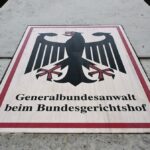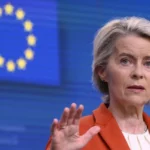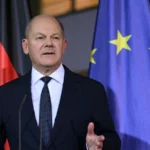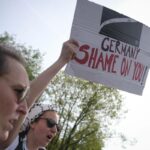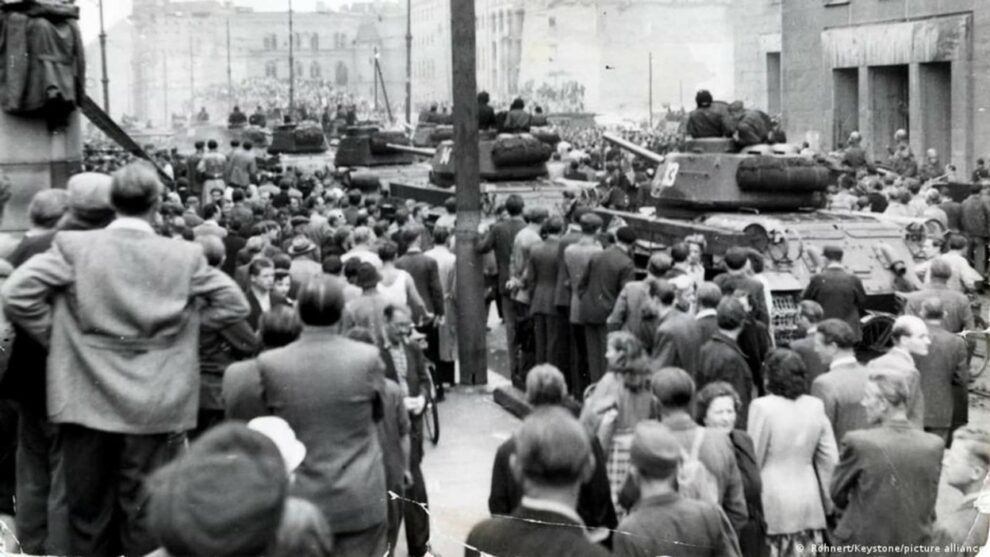70 years ago, an uprising of 1 million people in communist East Germany (GDR) was crushed by Soviet tanks. Today, Ukraine is fighting for its independence. DW’s Marcel Fürstenau sees parallels.
What does Russia’s war of aggression against Ukraine have to do with the failed popular uprising in the communist German Democratic Republic (GDR), which took place on June 17, 1953?
Strictly speaking, nothing. But if you take a broader perspective, you will recognize similar motives at play despite the differences in historical circumstances — both on the side of the aggressors and on the side of the people fighting for their freedom and independence.
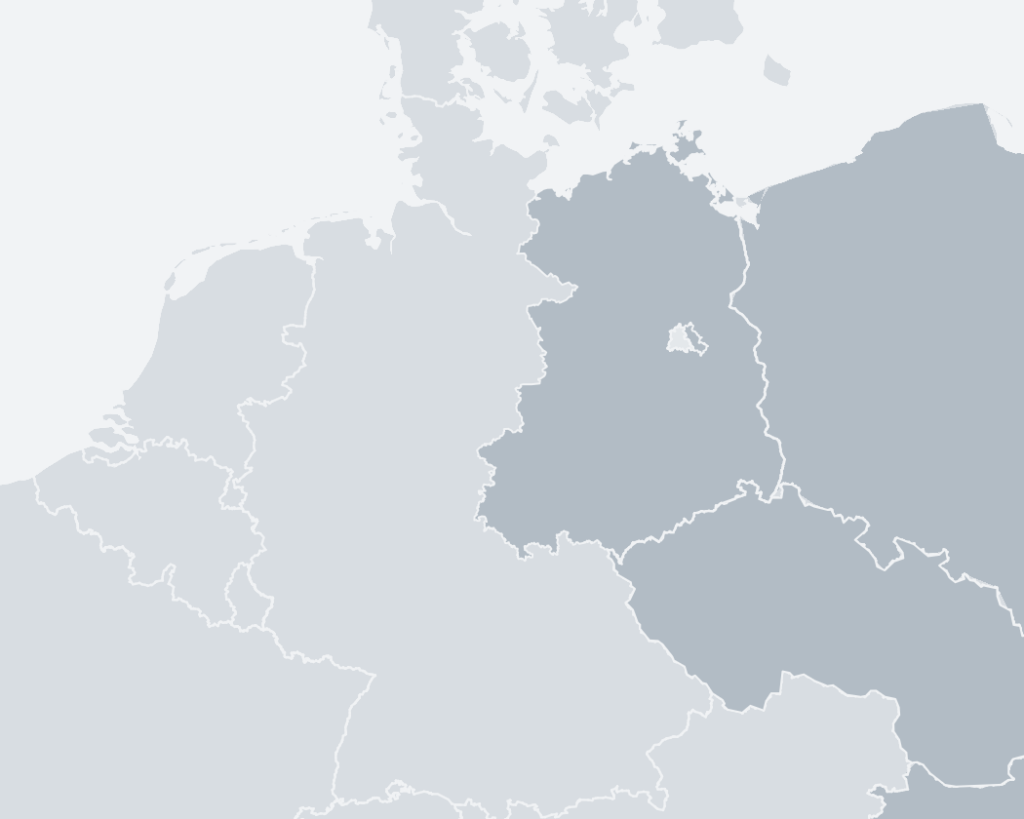
After World War II ended in 1945, the globe was — roughly speaking — split into two opposing camps: capitalist democracies and communist dictatorships. The leading superpowers on each side were the United States and the Soviet Union. Together with Britain and France, they defeated Nazi Germany.
Moscow: Center of power then and now
After their military success, the alliance which formed to defeat Nazi dictator Adolf Hitler splintered again. The Soviet Union expanded its area of power and influence: large parts of Europe became communist. That included the eastern part of Germany, officially called the German Democratic Republic (GDR), widely known as East Germany. The center of power for this so-called Eastern Bloc was Moscow, which then was the Soviet capital and today is the capital of Russia.
It was during this time that the term Cold War established itself. It described the tense relationship between the superpowers of the United States and the Soviet Union, as well as the countries aligned with each. The political-ideological dividing line in Europe ran right through the middle of Germany and the likewise divided city of Berlin.
It was here that the consequences of the face-off, which included military rearmament and threatening gestures, were especially visible: while the Federal Republic of Germany, or West Germany, received support from the Western Allies and recovered from the material effects of the war remarkably quickly with its free-market economy, the centrally planned economy of the GDR suffered from supply shortages, which led many of its people to flee to the West.
On June 17, 1953, the situation escalated: Following sporadic protests against the increasing mismanagement, frustration erupted across East Germany. An estimated one million people took part in a national uprising calling for free elections and German reunification. But their cry for freedom went unanswered.
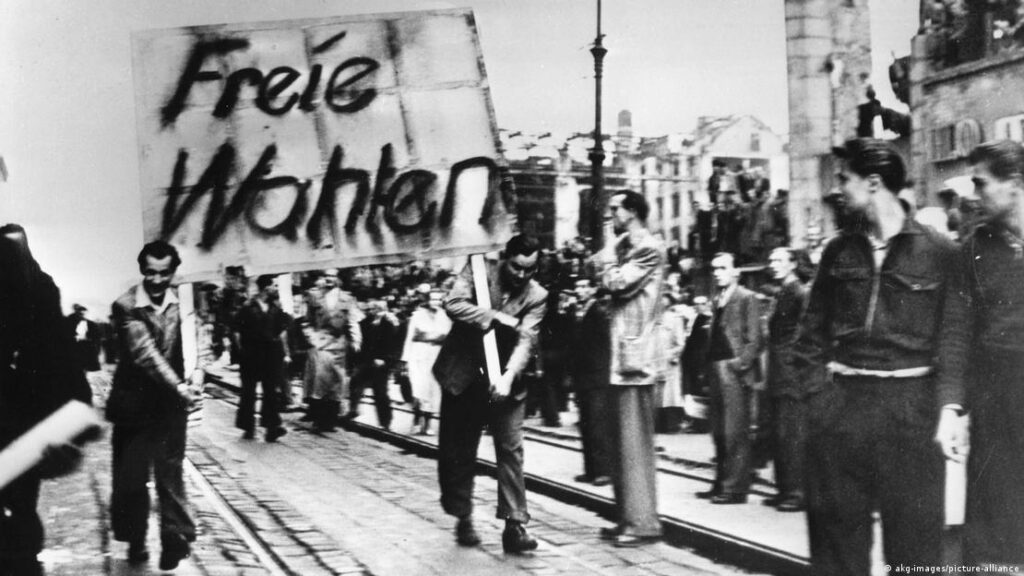
Soviet tanks ended the dream of freedom
The authorities in Moscow flattened the popular uprising with the tanks and soldiers they had stationed in the GDR. More than 100 people were killed in street clashes or later sentenced to death. Many were jailed for years.
Freedom movements in Hungary (1956) and Poland (1980) met similar fates. They all attempted to release themselves from the bonds of Moscow — and failed. It was only through the policies of Moscow reformist communist Mikhail Gorbachev that the people in the Eastern Bloc countries gained new courage. In Germany, the Peaceful Revolution of 1989 led to the fall of the Berlin Wall, followed by German reunification a year later.
The Soviet Union, founded in 1922 with the formal merger of the Ukrainian, Belarusian, Russian, and Transcaucasian Soviet Socialist Republics, following the 1917 Revolution was also nearing its end and was dissolved in 1991. Among the countries which have been independent since then: Ukraine. Current Russian President Vladimir Putin denies this country’s right to exist and therefore invaded on February 24, 2022, in violation of international law. The Ukrainian peninsula of Crimea had already been annexed by Russia in 2014 — largely without violence, but also in violation of international law.
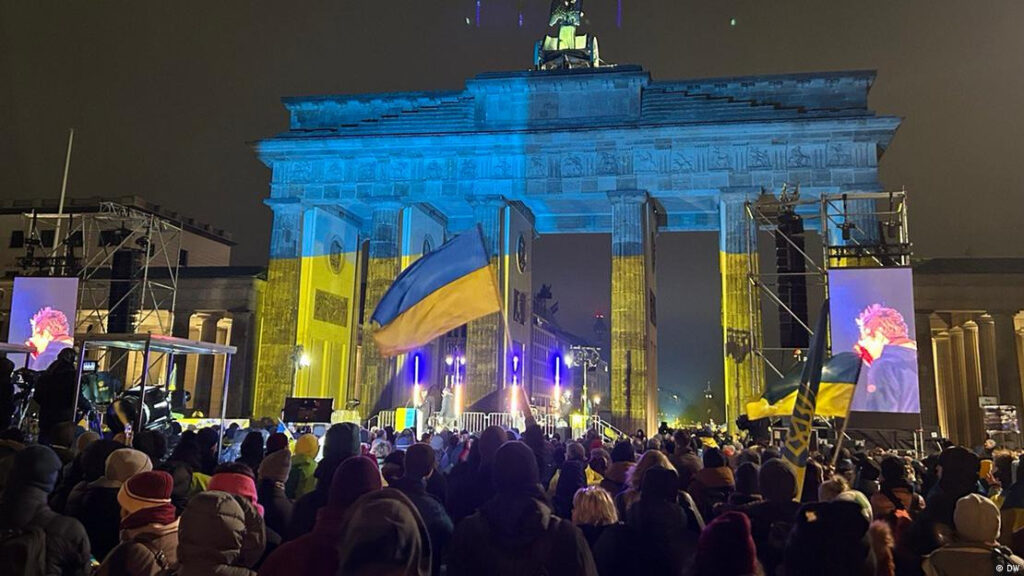
Support from the West
The Western democracies, under the leadership of the US, shied away from supporting the popular uprising in the GDR 70 years ago, on June 17, 1953. The fear of a World War III waged with nuclear weapons, loomed far too large. This concern also plays on many people’s minds after Russia’s invasion of Ukraine.
When the people in the GDR rebelled against their government, and simultaneously against the Soviet occupying power, on June 17, 1953, free West Germany provided moral support only.
The decision-making power lay with the Soviet Union and the US. The duel between capitalism and communism was based on the so-called balance of terror. This meant a military stalemate, in which neither side had a realistic prospect of victory.
Today, western states support Ukraine in its battle for freedom against the Russian aggressor also by supplying weapons.
The circumstances are admittedly different from the time when Europe was politically and economically divided into East and West.
The communist dictatorships were eventually overcome peacefully decades after the suppressed popular uprisings in the GDR and other countries.
Therefore, the popular uprising of June 17, 1953, has — despite its failure — a firm place in German history: as a model for later attempts to become free and independent. Now, 70 years on, reunited Germany is commemorating the uprising’s tragic end but above all the courage of the people. In doing so, drawing the link to the struggle for freedom in Ukraine seems obvious.
Source : DW

